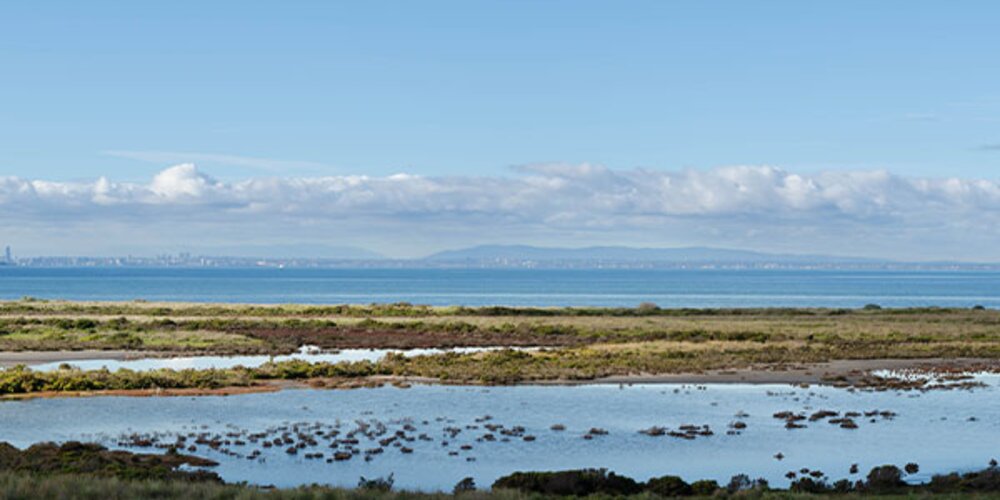Browse our services
Explore how Brookes Bell can help you
Find an expert
Meet our team, find and expert and connect
Contact us
Get in touch, we're here to help

The Environment Secretary, Therese Coffey, has announced that the UK Government will be designating the first three Highly Protected Marine Areas in English waters this year.
The three Highly Protected Marine Areas are expected to be:
The Government has defined Highly Protected Marine Areas as being, ‘areas of the sea (including the shoreline) that allow the protection and full recovery of marine ecosystems. By setting aside some areas of sea with high levels of protection, HPMAs will allow nature to fully recover to a more natural state, allowing the ecosystem to thrive’.
The reasons the three areas have been selected for protection are detailed below.
According to research conducted as part of the Benyon Review, Allonby Bay contains what are known as ‘blue carbon’ habitats that capture and store carbon.
The bay is also home to honeycomb reefs and blue mussel beds, which both purify water and prevent coastal erosion. The Bay is also home to important commercial fish species such as cod, plaice, sole, and herring.
Dolphin is set to achieve HPMA status as it has been identified as an area which has been ‘degraded following impacts of human activity’.
Being granted HPMA status will help protect the feeding and nursery grounds of many important commercial fish species such as cod, herring, plaice, as well as ecologically important habitats such as ross worm reefs.
In contrast to the reactive nature of Dolphin Head’s HPMA status, North East of Farnes Deep is being granted HPMA status in a proactive attempt to protect and preserve the area's high levels of biodiversity.
According to a statement issued by the Government, North East of Farnes Deep’s ‘large areas of muddy habitats are important for the storage of carbon as well as for a range of species including birds, marine mammals and fish. This includes spawning and nursery habitats for up to ten commercially important species such as angler fish, surmullet, whiting, and haddock’.
Commenting on the designation of the three ‘Highly Protected Marine Areas’, the Environment Secretary said:
“Our comprehensive Environmental Improvement Plan sets us on a path to deliver an improved marine environment and halt the decline in biodiversity, which benefits us all.
Highly Protected Marine Areas are a vital step forward in enabling our ecosystems to thrive, increasing climate resilience and ensuring we have a healthy and productive marine environment for generations to come”.
The three areas are expected to receive official HPMA designation in July 2023.
As the article above indicates, governments the world over are introducing ever more stringent environmental regulations covering the marine environment.
If you want to ensure that your vessels are able to operate compliantly, whilst remaining profitable, then speak to the Brookes Bell team today.
Our Master Mariners have decades of real-world experience with pollution control on and around vessels, and are well versed in the requirements of the MARPOL convention.
For more maritime industry news, insights and developments, read the Brookes Bell News and Knowledge Hub…
New Green Ammonia Facility Planned for Liverpool | Environmental Group Seeks New Measures to Tackle Underwater Noise | The World’s Longest ‘Green Corridor’ Takes a Step Closer to Reality